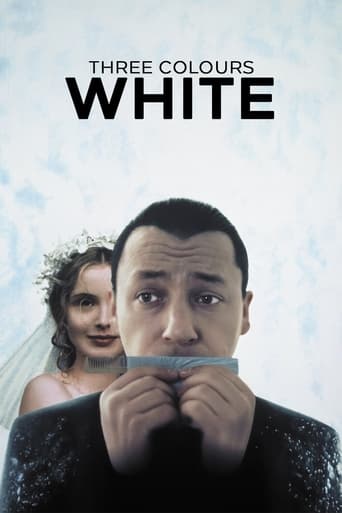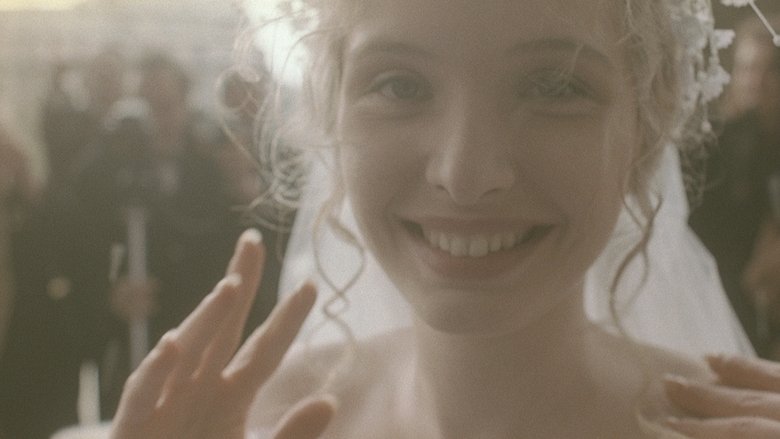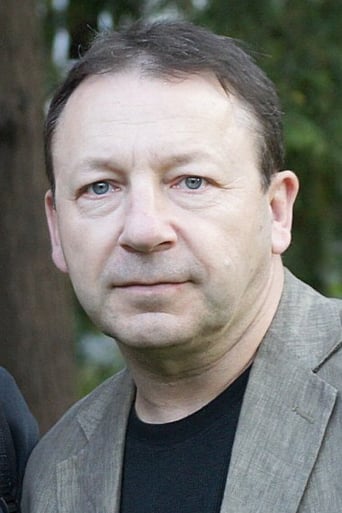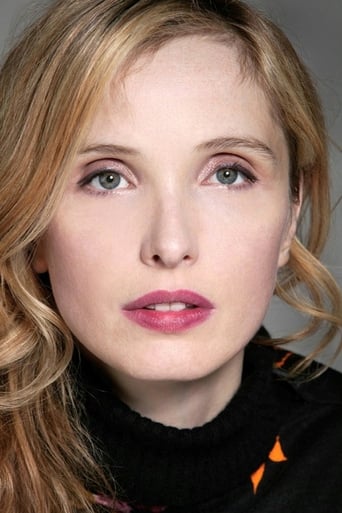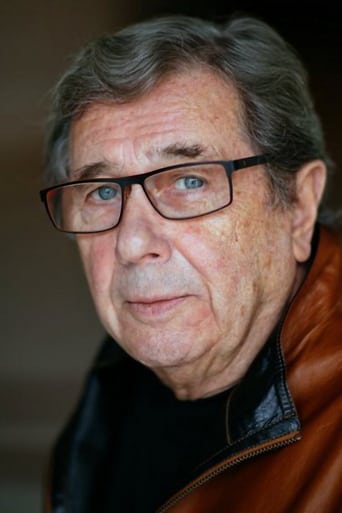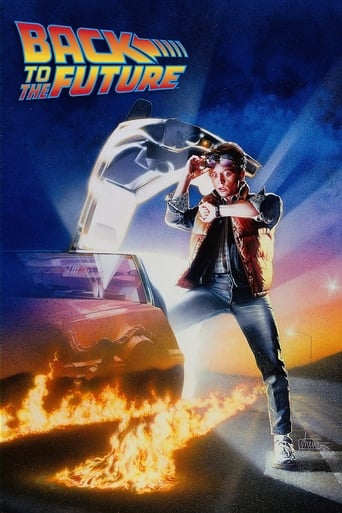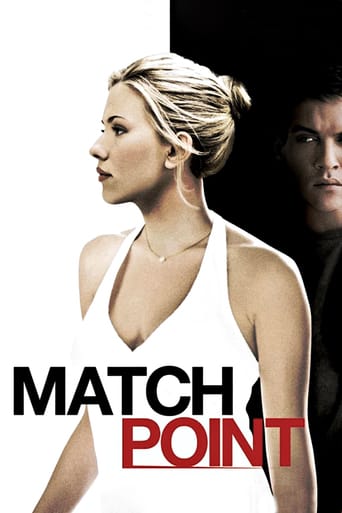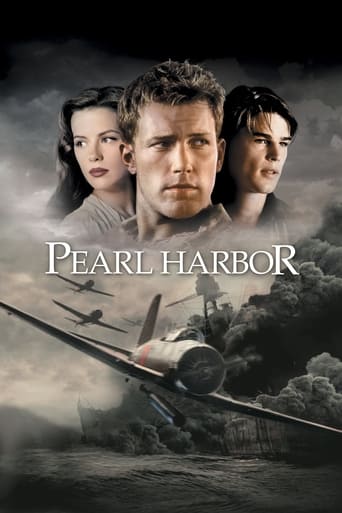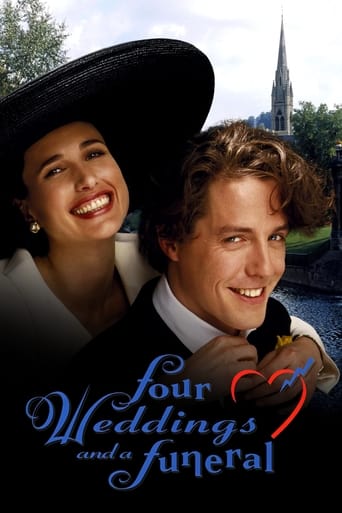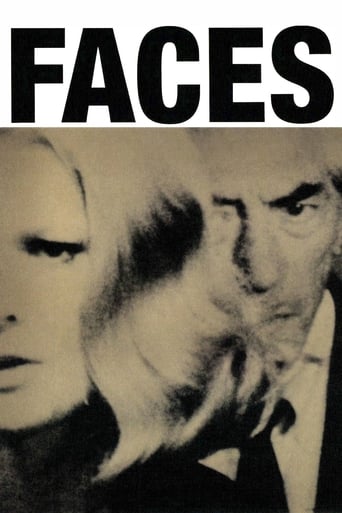Three Colors: White (1994)
Polish immigrant Karol Karol finds himself out of a marriage, a job and a country when his French wife, Dominique, divorces him after six months due to his impotence. Forced to leave France after losing the business they jointly owned, Karol enlists fellow Polish expatriate Mikołaj to smuggle him back to their homeland.
Watch Trailer
Free Trial Channels
Cast


Similar titles
Reviews
This is a coming of age storyline that you've seen in one form or another for decades. It takes a truly unique voice to make yet another one worth watching.
It is an exhilarating, distressing, funny and profound film, with one of the more memorable film scores in years,
It really made me laugh, but for some moments I was tearing up because I could relate so much.
The film may be flawed, but its message is not.
Karol, a hairdresser copes with his ex-wife divorcing him whilst taking all his money. He ends up amassing a greater fortune than he had before through what I can only glimpse to be Machiavellian tactics. He then takes revenge on his ex-wife Dominique by framing her for his faked death. Karol isn't exactly the cold hearted type. When he visits Dominique in an institution (which I'm a little confused about how he's able to do considering he's supposed to be dead), he has an emotional reaction. I'm still confused what compelled him to care after he'd avenged himself; but maybe that's the point Kieslowski is trying to make. Karol also seems more sympathetic for the pain he caused her as opposed to Dominique's indifference to Karol's suffering. One might say that Karol felt he was doing what was just even if his methods were exploitative. 'White' has a strong theme but it's components are so mundane that the film never transcends them. It's not bad just forgettable.
The French film Trois couleurs: Blanc was shown in the U.S. with the title Three Colors: White (1994). It was written and directed by Polish director Krzysztof Kieslowski.The movie begins in Paris, but soon after that the location switches to Poland. The film stars Zbigniew Zamachowski as Karol Karol, a hair stylist who has moved to Paris from his native Poland. Within the first five minutes, we learn that Karol has been married to Dominique (Julie Delpy), but she's divorcing him because "the marriage hasn't been consummated." Apparently, their sex life was OK before they were married, but, since the marriage, Karol has become impotent.The divorce is granted, and that's pretty much the last we see of Julie Delpy until the end of the movie. I was surprised by this, because Juliette Binoche was in almost every scene of Three Colors: Blue. However, in this film, the female lead actually has a supporting role, and a small one at that. Of course, Delpy is very beautiful, and we know from other films that she can act. But she can't do much acting if she's not on the screen. (Incidentally, in regard to Delpy's beauty, the two young men sitting next to us proclaimed that she was "scorching." I've never heard that term used to describe an actor's beauty, but I understood what they meant.)Karol ends up back in Poland, having faced numerous hardships, some of which are hard to believe. But, he had to get back to Poland somehow, and he did.The rest of the movie shows Karol using his wits to move from being a hairdresser in a very small salon to becoming a wealthy man with a chauffeur-driven Volvo.People keep telling him, "You can buy anything in Poland now." I assume this is Director Kieslowski's way of reminding us that in 1994, the Polish Republic was only five years old. There was a frenzied capitalist explosion after the Russian troops left. Karol thrives in that milieu.The movie takes some more strange twists, and ends in a strange way. (If you're interested, you can make sense of the last few moments of the film by checking the FAQ for this movie.)I believe that Three Colors: Blue is a great movie. I think Three Colors: White is a pretty good movie, but not worth a special trip to see it. It will work well on DVD.We saw this film at the excellent Dryden Theatre at George Eastman Museum in Rochester, NY. It was shown as part of the "Three Colors: Remembering Krzysztof Kieslowski" series. The movie has a high 7.7 IMDb rating, so, clearly, many people liked it more than I did. Maybe they appreciated the relationship between Karol and Dominique as symbolizing the relationship between Poland and France. Possibly I missed other symbolismIf you see Three Colors: Blue and Three Colors: Red, you'll want to see Three Colors: White for the sake of completeness. Just don't expect it to be a masterpiece.
I did not know of these films. I'm late to the party. Also, I've viewed them out of sequence. It doesn't matter. What an experience! This one is about true love. The poor Polish schmuck is being divorced by his beautiful young wife because he has been unable to consummate he marriage. We do wonder why that is, but it could well be a medical condition. He is not give a chance. As a matter of fact, she takes everything from him without a bit of compassion, leaving him sitting on a steamer trunk in a Paris street. He manages to meet his savior, a complex to man who seems to have many secrets. With his help, he manages to accumulate great wealth. I won't go into the details other than he never stops loving the woman, no matter what. Granted, his intentions are not the best, but they make for a delicate balance between freedom and revenge. Karol has lost his freedom through no fault of his own and we hang on to see how this manifests itself. The closing scene is full of hope and resolution. One of the most interesting characters in all of moviedom.
Polish screenwriter and director Krzysztof Kieslowski's eleventh feature film which he co-wrote with Polish lawyer, politician and screenwriter Krzysztof Piesiewicz, Polish screenwriter and director Agnieszka Holland, Polish screenwriter and director Edward Zebrowski and Edward Klosinski, is the second part of his trilogy which was preceded by "Blue" (1993) and succeeded by "Red" (1994). It was screened In competition at the 44th Berlin International Film Festival in 1994, was shot on locations in Paris, France and Warsaw, Poland and is a France-Poland-Switzerland co-production which was produced by French director and film producer Marin Karmitz. It tells the story about Karol Karol, a former Polish hairdresser who is left by his French wife Dominique only six months after their marriage due to not being able to meet her sexual demands. Heartbroken and alone in the streets of Paris with no money and no passport, wishing he could return to his native country, Karol has to join the homeless, but as an angel sent from heaven, a nice Polish man named Mikolaj shows up and takes an interest in Karol. As it turns out that Mikolaj is traveling to Warsaw the following day he offers Karol to smuggle him along in a big briefcase. Complications arises after the arrival in Poland and some criminals steal the briefcase where Karol is hiding, but when they discover what's inside it they assault Karol and leave him unconscious. When he wakes up he walks to the city and goes to his old hair saloon which is now run by his brother. Karol gets a job there and his new existence opens new doors. Distinctly and acutely directed by Polish filmmaker Krzysztof Kieslowski, this rhythmic and ingenious fictional tale which is narrated mostly from the main character's point of view, draws a profoundly moving portrayal of an unlucky man's strive to regain his confidence after being publicly and personally humiliated by the woman he loved. While notable for it's gritty and naturalistic milieu depictions, sterling production design by production designers Halina Dobrowolska and Claude Lenoir, cinematography by Polish cinematographer Edward Klosiski, the fine editing by Polish film editor Urszula Lesiak and symbolic use of colors, this character-driven and narrative-driven comedy-drama from the early 1990s which stands out from the other parts of the Three Colors trilogy much due to it's humorous tone, depicts an appealing and incisive study of character and contains an exceptional film score by Polish composer Zbigniew Preisner which emphasizes it's poetic atmosphere.This instantly involving, somewhat romantic, somewhat mysterious, charming and witty independent film which examines themes like identity, liberty, destiny and love, is impelled and reinforced by it's brilliant narrative structure, substantial character development, colorful characters, quick-witted dialog and the memorable acting performances by Polish actor Zbigniew Zamachowski, French-American actress, screenwriter and director Julie Delphy and Polish actor Janusz Gajos. An existentialistic, humane, masterful and wonderful piece of cinema which gained the Silver Bear for Best Director Krzysztof Kieslowski at the 44th Berlin International Film Festival in 1994.

